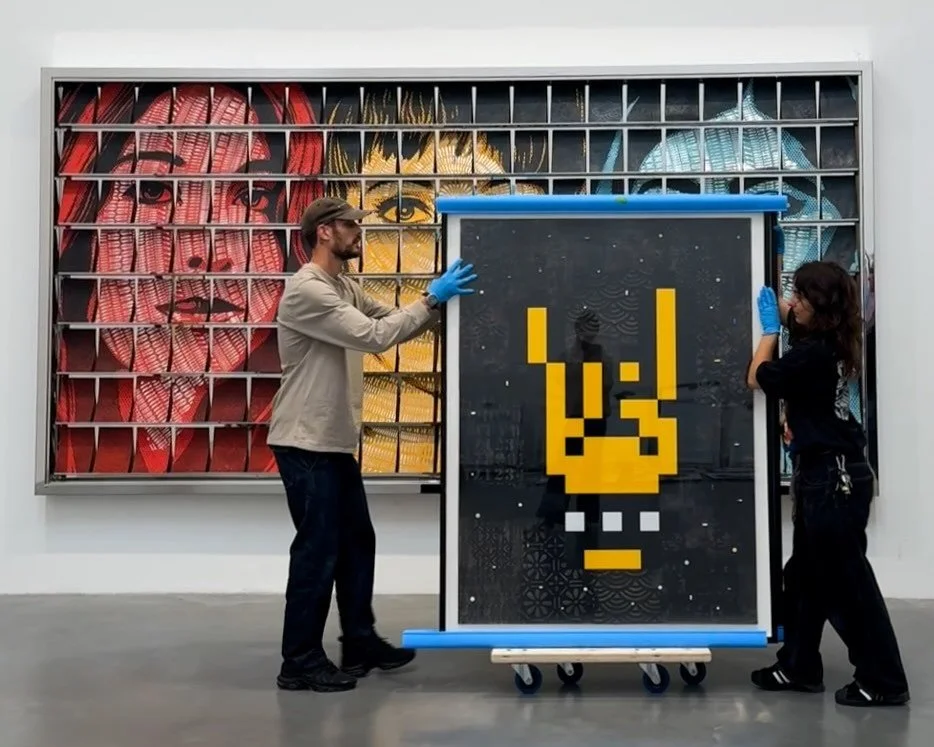The Legality of Invader Mosaics: Art or Vandalism?
read more
Invader, the pseudonymous French street artist, is renowned for his mosaic tile artworks that resemble characters from the classic video game, Space Invaders. While his work is celebrated as innovative and culturally significant, it also treads a fine line between legality and illegality. But is there a clear answer to whether his work is legal or illegal, or does it exist in a grey area?
Encountering the Law
NY_108
Invader's activities have occasionally brought him close to legal repercussions. There have been instances where he was nearly arrested, highlighting the risk street artists have to bear to create their pieces on an urban canvas. The act of installing mosaics on buildings without permission is considered illegal under defacement laws. This unauthorized placement often leads to debates about the nature of art and its place in public spaces, and whether their work is perceived as vandalism or art.
Invader have been on the brink of arrest on numerous occasions, especially when he frequently picks locations he isn’t supposed to invade, such as The Louvre or the Hollywood Sign. Though it is hard to believe that after all of this, no detailed information from officials has been leaked to the press. No one knows exactly how many times he has been arrested.
Taito's Surprising Response
PA_678
Surprisingly, the company Taito, creator of the original Space Invaders game, has not pursued legal action against Invader for copyright or trademark infringement. This clemency from them is attributed to the transformative nature of his art, which pays homage to the game instead of directly stealing. The variety and change of subjects in his mosaics are significant, especially when his first mosaics are one-to-one copies of the aliens in Space Invaders.
Invader went from a random artist into a well-known street artist due to his ever-changing works. From going to space to going deep into the ocean, Invader offers us a deeper understanding of how public art isn’t limited in its medium, style, or location, but showcasing art to audiences to satisfy an artist’s wishes and motive.
Legal Works and Commissions
DJN_07
Despite the regulations prohibiting Invader from making art, he continues his street installations. Invader works worldwide, and sometimes request permissions when needed. In addition, he engages in art projects such as exhibitions in galleries where his work is legally sanctioned as part of the contemporary art movement.
After Invader gained fame and recognition, some asked for the artist to create art at their place, often at museums and galleries. Unsure of whether there are any financial transactions, Invader openly admitted that some of his works are commissioned.
Invader’s work challenges the boundaries between public art and vandalism, while his interactions with copyright law highlight the complexities of artistic expression in the modern age. Whether regarded as a criminal or a cultural icon, Invader's mosaics continue to spark conversation and admiration across the globe…
All rights reserved
~
We do not own any copyrights to the photos used
~
All rights reserved ~ We do not own any copyrights to the photos used ~





























